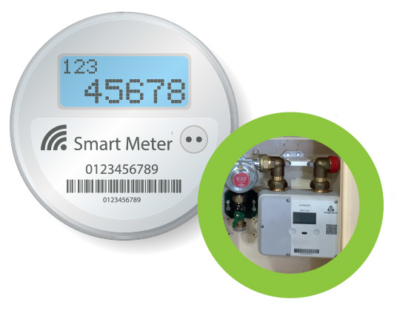
Gas meters able to communicate help the gas consumption monitoring
With the introduction of gas meters that can communicate, the way we measure our household consumption of natural gas is now faster, easier and more transparent. It has also helped us become more aware of how much gas we use and just how we use it.
The first step towards the proper management of any energy source is to monitor its consumption levels.
Technology allows both utility companies and consumers to achieve this goal when it comes to natural gas consumption thanks to the gas meter, which has played a key role in home energy management.
In recent years, the introduction of so-called “smart” gas meters has led to even better results in the monitoring and billing of gas use. Generally speaking, a smart meter is an automated, centralized, integrated system that provides electronic measurements.
The smart meter then communicates the data directly to the gas company, giving rise to a two-way dialogue between the main gas distribution center and the meter.
In terms of its deployment on the market, Italy makes for a good example.
The Italian Energy Authority (AEEG) has established that by the end of 2018, at least 60% of residential gas meters installed in Italian homes will have to be “smart” gas meters.
Ultrasonic smart meters
One kind of smart gas meter that really stands out is the “ultrasonic gas meter”.
This device has no mechanical parts at all, meaning it is not subject to wear and tear or breakdowns. Consequently, it has a much longer lifespan than a traditional meter. On top of that, it is capable of self-diagnostics and provides more accurate measurements over a longer period of time.
For all of these reasons – which range from the technical to the commercial – the gas industry is showing more and more interest in the design and manufacture of ultrasonic smart meters. This kind of progress in energy metering is sure to play a key role in the modernization of energy grids around the world.
“Smart meters play a significant role in a country’s modernization because they facilitate the adoption of new electronic measurement technology, and because they have helped the meter market move past a decades-long period of technological standstill.”
Professor Furio Cascetta – Second University of Naples – Department of Engineering









